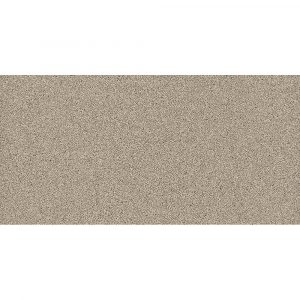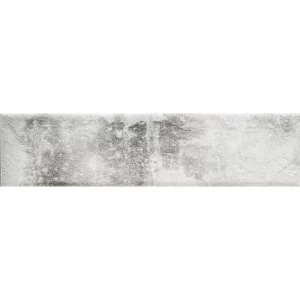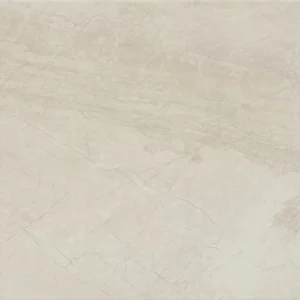Should wall and floor tiles be the same?
Even though it is not required, it is strongly recommended that the tiles that are used on the floor and the walls be an exact match to one another. This can be done by purchasing tiles that are made specifically for this purpose. Tiles for the floor and the walls should, above all else, create a unified appearance by either combining solid colours of the same hue, coordinating patterns with colours, or using solid colours that are complementary to one another in order to create a unified appearance. Tiles for the floor and the walls should create a unified appearance by combining solid colours of the same hue. Tiles installed on the floor and walls should have a consistent look by combining solid colours of the same hue. This will help create a cohesive atmosphere. Because of this, the end product will be something that is appealing to the visual senses.
You can find a variety of Floor tiles at Wholesale Domestic.
You can produce porcelain tiles with a smooth, honed, or matte finish in the mould, or you can achieve this finish after the fact by grinding down the surface. Alternatively, you can produce porcelain tiles with a textured finish. You have choices regardless of the outcome. Tiles with a matte finish are identical to their textured porcelain counterparts in terms of their resistance to water and stains. Matte tiles are typically made of porcelain. The only difference is how it appears, how it feels, and how it is styled. There is no other difference.
As a result of the adaptability of matte porcelain tiles, their application can be spread out across the entirety of the residential space. They also present a physical appearance that is not as flashy as others do. You can achieve a similar look in terms of aesthetics by replacing these tiles with limestone or any other type of soft, honed stone. For example, you could use marble. The shine of polished porcelain tiles is absolutely incredible, and the tiles themselves exude an air of sophistication when you walk past them.
Here’s a preview of Stardust matt wall and floor tile by Wholesale Domestic:
 Total price: £3.95
Total price: £3.95
Porcelain is much more resistant to moisture, staining, and water than ceramic floor tile is because it is made from a combination of fine-grain clays and other minerals, and it is also fired at a much higher temperature than ceramic floor tile is. This is the single most significant difference that can be drawn between the two options.
In order for floor tile to be able to withstand things like foot traffic, appliances, furniture, and so on, it is typically manufactured to be thicker and more durable than other types of tile. In addition to this, the majority of them have a surface that is textured, which lowers the possibility that they will slip while they are using it. When compared to the tiles that are used for floors, the tiles that are used for walls are typically more delicate, thinner, and smoother. Because of how much more slippery it gets when it gets wet, wall tile is not a good choice to use underfoot in the majority of situations because it is an option. This is especially important to remember when using the bathroom.
Here’s a preview of Piatto matt wall and floor tile by Wholesale Domestic:
Total price: £29.95
A type of glazed ceramic field tile that can be identified by its finish, which provides a silky feel to the touch and a glossy appearance to the observer. The Dorsia Light is a stone-effect tile that is digitally printed, so it replicates the look of genuine Crema Marfil marble without the variations that are characteristic of natural stone. This allows the tile to be used in areas where natural stone would be difficult to maintain. This opens up the possibility of employing the tile in commercial settings. Because of this, the tile can be used in locations where natural stone would be difficult to maintain in its natural state. This opens up a lot of potential applications for the tile. This makes it possible for the tile to be utilised in commercial settings, which results in the creation of new employment opportunities. The Crema Marfil variety of traditional Spanish limestone is obtained from quarries that are located in the Alicante region of Spain the vast majority of the time. In Spain, Alicante is known as “Crema Marfil.”
Here’s a preview of Crema dorsia porcelain wall and floor tile by Wholesale Domestic:










